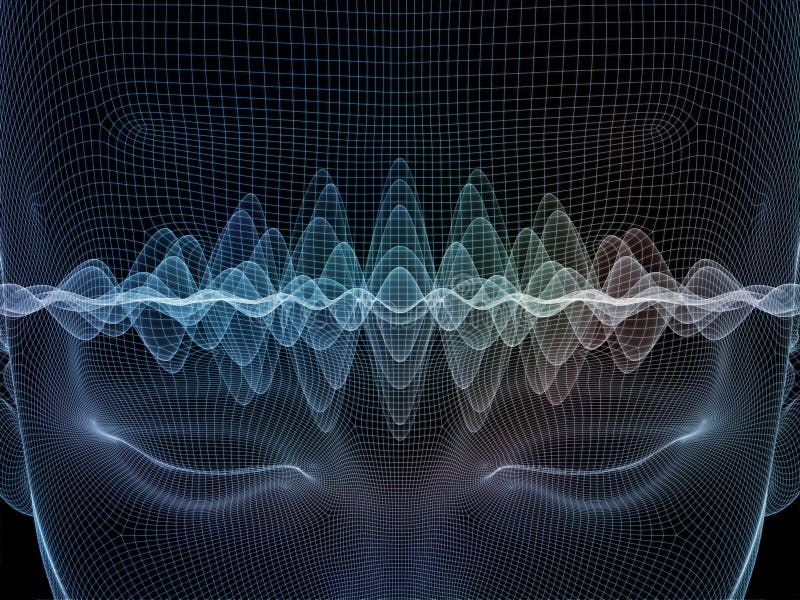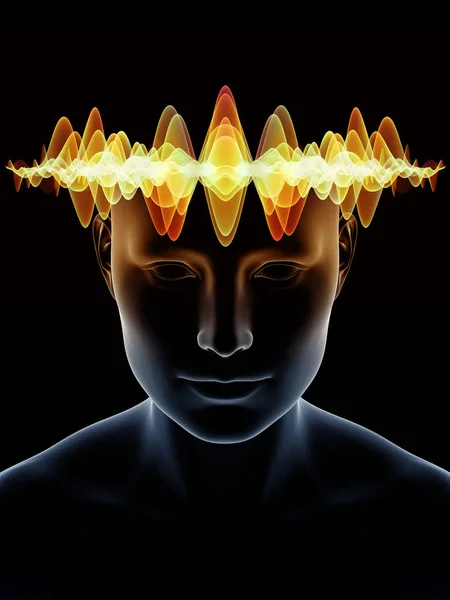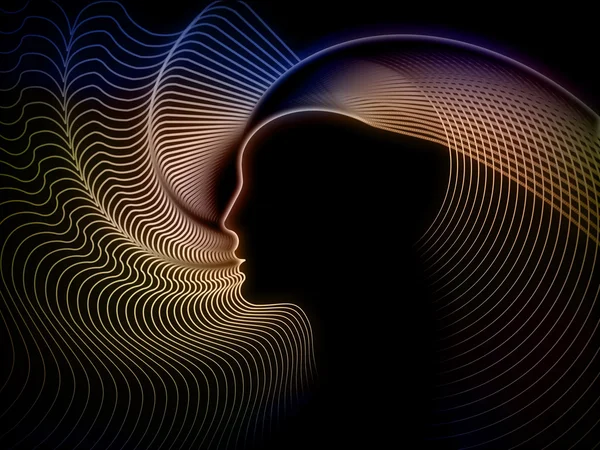-
Expand the next 20 of 52 messages
Osho: The Ultimate Alchemy Vol. 1 - The Atma Pooja... turiya
16 m
666
turiya
16 m
666
-
The Tradition of the Upanishads and the Secrets of...
 turiya
16 m
568
turiya
16 m
568
-
The_Tradition of the Upanishads and the Secrets of...
 turiya
16 m
501
turiya
16 m
501
-
Dissolution into the Cosmic
 turiya
16 m
483
turiya
16 m
483
-
Dissolution_into the Cosmic
 turiya
16 m
537
turiya
16 m
537
-
Dissolution_into the_Cosmic
 turiya
16 m
547
turiya
16 m
547
-
Dissolution_Into_The_Cosmic
 turiya
16 m
441
turiya
16 m
441
-
Dissolution into the Cosmic
-
Desirelessness: An Opening To The Unknown
 turiya
16 m
577
turiya
16 m
577
-
Desirelessness: An_Opening To The Unknown
 turiya
16 m
509
turiya
16 m
509
-
Desirelessness: An_Opening To_The Unknown
 turiya
16 m
517
turiya
16 m
517
-
Desire: The Link with Life
 turiya
16 m
521
turiya
16 m
521
-
Desire: The Link_with Life
 turiya
16 m
543
turiya
16 m
543
-
Desire: The_Link with_Life
 turiya
16 m
456
turiya
16 m
456
-
Desire: The Link with Life
-
A Still Mind - The Door to the Devine
 turiya
16 m
535
turiya
16 m
535
-
A Still_Mind - The_Door to the Devine
 turiya
16 m
432
turiya
16 m
432
-
A Still_Mind - The_Door to the_Devine
 turiya
16 m
559
turiya
16 m
559
-
Encountering The Unconscious
 turiya
16 m
481
turiya
16 m
481
-
Encountering_The Unconscious
 turiya
16 m
439
turiya
16 m
439
-
Encountering_The_Unconscious
 turiya
15 m
443
turiya
15 m
443
-
Encountering The Unconscious
-
The Upward Flow Of The Mind
 turiya
15 m
443
turiya
15 m
443
-
Expand the next 20 of 52 messages
The Upward Flow_Of The Mind turiya
15 m
475
turiya
15 m
475
-
The Upward_Flow Of_The Mind
 turiya
15 m
512
turiya
15 m
512
-
The Complementariness of Opposites
 turiya
15 m
492
turiya
15 m
492
-
The Complementariness_of Opposites
 turiya
15 m
626
turiya
15 m
626
- The Complementaries_Of_The Opposites turiya 15 m 428
-
The Complementariness of Opposites
-
What can Man Offer?
 turiya
15 m
491
turiya
15 m
491
-
What_Can Man Offer?
 turiya
15 m
486
turiya
15 m
486
- The Secret of Totality turiya 15 m 367
- The_Secret of Totality turiya 15 m 396
- The Secret_of Totality turiya 15 m 398
-
Light, Life and Love
 turiya
15 m
374
turiya
15 m
374
-
Light,Life & Love_
 turiya
15 m
392
turiya
15 m
392
-
You Are Responsible
 turiya
14 m
440
turiya
14 m
440
-
You Are Responsible_
 turiya
14 m
358
turiya
14 m
358
-
You_Are_Responsible
 turiya
14 m
341
turiya
14 m
341
-
You Are Responsible
-
Transcendence Through Being
 turiya
14 m
355
turiya
14 m
355
-
Transcendence Through Being_
 turiya
14 m
375
turiya
14 m
375
-
Transcendence Through Being
 turiya
14 m
329
turiya
14 m
329
- Facing The Reality turiya 14 m 417
-
Facing The Reality_
 turiya
14 m
250
turiya
14 m
250
-
Expand the next 12 of 52 messages
Witnessing: The Base of All Techniques turiya
14 m
265
turiya
14 m
265
-
Witnessing: The Base of All Techniques_
 turiya
14 m
343
turiya
14 m
343
-
Witnessing: The Base of All Techniques__
turiya
14 m
382
-
Will or Surrender
 turiya
14 m
269
turiya
14 m
269
-
Will or Surrender_
 turiya
14 m
331
turiya
14 m
331
-
Will or Surrender
-
Towards a Total Flowering of Consciousness
 turiya
14 m
295
turiya
14 m
295
-
Towards a Total Flowering of Consciousness_
 turiya
14 m
295
turiya
14 m
295
-
Towards a Total Flowering of Consciousness__
turiya
14 m
279
-
The Light of Awareness
 turiya
13 m
551
turiya
13 m
551
-
The Light of Awareness_
 turiya
13 m
243
turiya
13 m
243
-
The Light of Awareness
-
Osho: The Atma Pooja Upanishad - Images
 turiya
9 m
94
turiya
9 m
94
-
The Tradition of the Upanishads and the Secrets of...
CureZone Newsletter is distributed in partnership with https://www.netatlantic.com
Contact Us - Advertise - Stats
Copyright 1999 - 2025 www.curezone.org
0.342 sec, (6)







